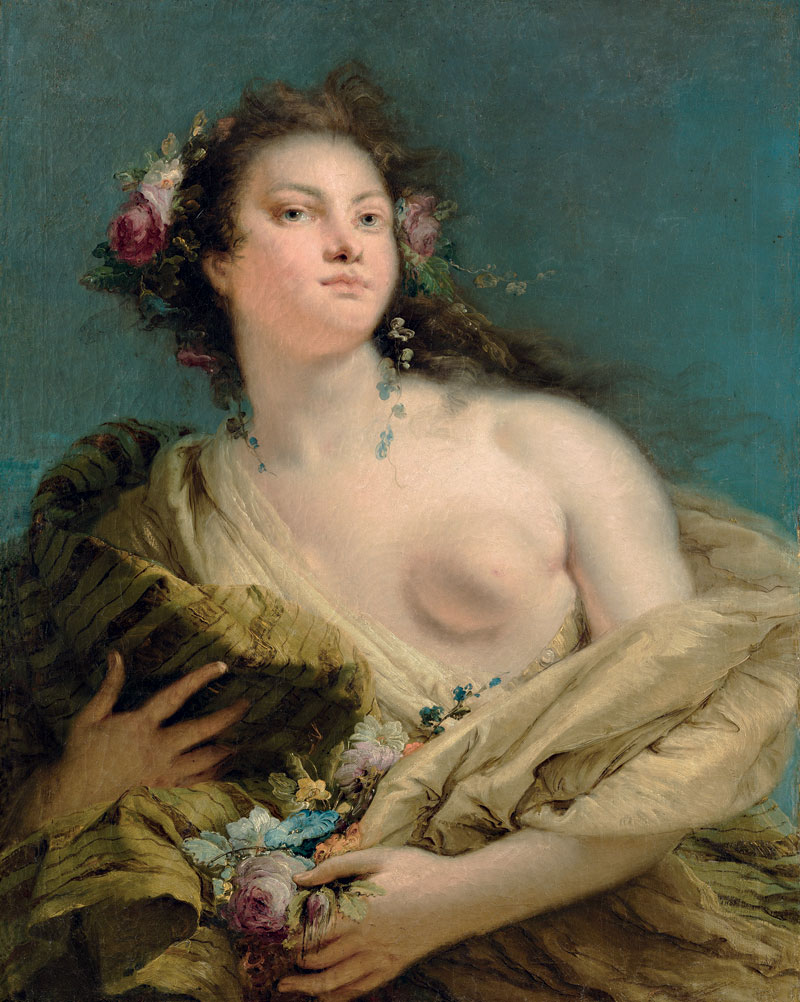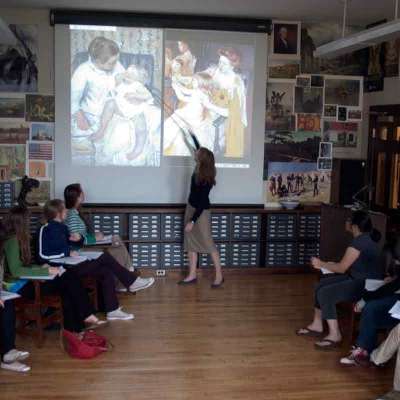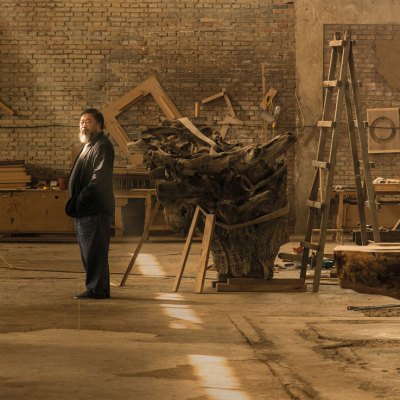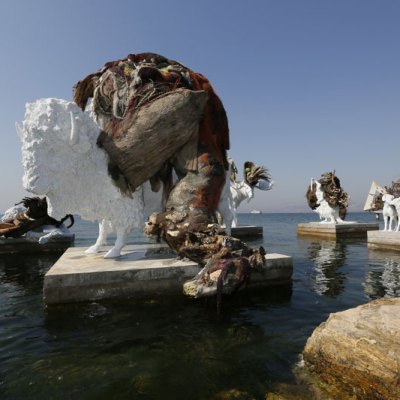From the September issue of Apollo: preview and subscribe here
The light wind of optimism that has been blowing through the European art market since last summer is expected to bring a vintage edition of the Biennale Internazionale dell’Antiquariato this autumn (26 September–4 October). The fine art and antiques fair has taken place every two years in Florence since 1959 – that is to say 16 years before Pictura, the precursor fair to TEFAF Maastricht, was even founded. But even if the pre-eminence of the latter is assured, the BIAF has taken several steps to modernise its organisation and benefit from the extensive cultural resources of Florence, finally becoming a leading event on today’s international art agenda. A shake-up of the fair’s management is probably the most significant among them: a few weeks after the 2014 edition, the renowned young art dealer Fabrizio Moretti was appointed Secretary General of the BIAF, replacing Giovanni Pratesi – with the specific aim of refreshing the oldest continuously running antiques art fair in the world without losing anything of its unique identity.
Moretti, who at the age of only 38 is already a member of the board of trustees of TEFAF and of the selection committee of Frieze Masters in London, is clear about his appointment: ‘This is an evolution, not a revolution. I have done my best to make those changes that were needed by my colleagues and the Florentine art community as sustainable as possible. At the BIAF we are absolutely aware that history and knowledge are our strongest points. I’ve just tried to give them a better environment.’
Portrait of a gentleman, bust-length, in a black tunic and white golilla collar Diego Velázquez (1599–1660) Image courtesy Otto Naumann Ltd., New York

The first evidence of this soft approach is to be found in the fair’s location. It will continue to be held in its historical venue – the late-baroque Palazzo Corsini, with its breathtaking outdoor terrace facing on to the Arno – but this year the sumptuous Throne Room on the piano nobile will be left vacant, so that visitors can fully appreciate the quality of the location. Only the Biennale des Antiquaires in Paris, which takes place in the Grand Palais, can rely on such a remarkable space. Acclaimed opera director and set designer Pier Luigi Pizzi, who has designed the fair setting this year, explains that the Throne Room will be a place for talking and relaxing – and perhaps getting inspired by the elaborate details of the decorative scheme, which will be revealed by new lighting.
The gallery booths will be located on the ground and first floors, with a special area dedicated to a group of leading German and Austrian dealers, including Katrin Bellinger Kunsthandel, Bernheimer Colnaghi, and Wienerroither & Kohlbacher, all of whom have been invited to exhibit as part of a new strategic partnership with Highlights International Art Fair Munich. This is but one of the measures taken to turn the Florentine Biennale into a more international event – another being the introduction of a number of renowned international scholars and curators on to the vetting committee.
Among the Old Masters highlights, Otto Naumann Ltd brings a beautiful Holy Family with Child by Denys Calvaert, signed and dated 1579; the gallery will also present an important bust-length portrait of a gentleman by Diego Velázquez, with its dramatically lit face typical of the artist’s Madrid-period paintings. Meanwhile, Jean-Luc Baroni is to exhibit an evocative Portrait of Flora by Giambattista Tiepolo, believed to be among artworks commissioned from the artist by Empress Elizabeth of Russia. Jörn Günther Rare Books, making its debut at the BIAF this year, has an extremely rare French manuscript translation of Boccaccio’s De Casibus Virorum Illustrium (1355–74); here, the cautionary tales of the fates of famous individuals are depicted in gothic illuminations of c. 1460–79, many of which include miniature portraits of the Italian humanist.
Another important development this year is that, following the international trend of integrating the Old Masters with modern and contemporary art, the chronological limit for the artworks on show has been extended from works more than 50 years old to those made up to 1979, thus including works from that decade of extraordinary artistic production, especially in Italy. This means the doors of Palazzo Corsini have been opened to leading galleries such as Galleria Tega from Milan and the Paris-based Galerie Tornabuoni, and to major pieces by leading modern masters from the second half of the 19th century, such as Fausto Melotti or Filippo De Pisis (both at Galleria Tega). Meanwhile, Sperone Westwater, returning to the fair this year, mounts ‘Painting in Italy, 1910s–1950s: Futurism, Abstraction, Concrete Art’; the show includes abstract paintings by the likes of Luigi Veronesi, Atanasio Soldati and Manlio Rho – who infused Suprematist-inflected compositions with a warm Mediterranean palette.
Portrait of Lord John Belasyse, Anthony van Dyck (1599–1641). Courtesy Robilant and Voena, London, Milan, St Moritz
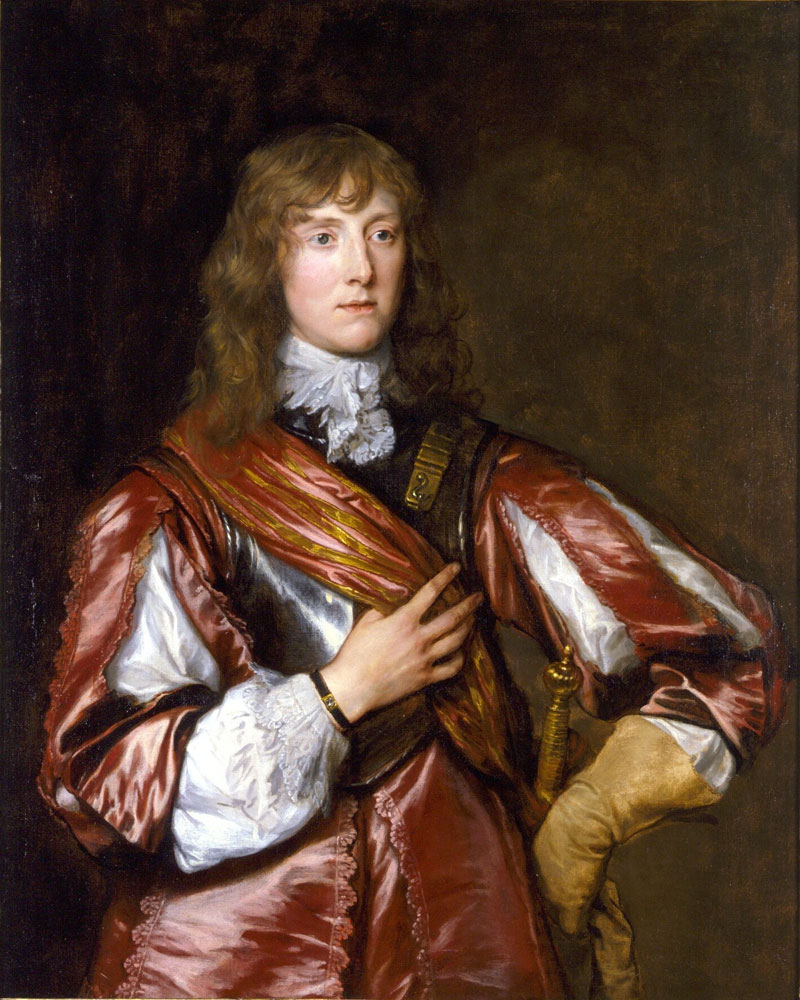
As Moretti points out, ‘all the Italian galleries that take part in TEFAF will also attend this edition of the BIAF’ – no mean feat, given the politics involved. Among the highlights offered by home-grown exhibitors is a rare plaster sculpture of Ganymede by Bertel Thorvaldsen, brought by Carlo Orsi. This is thought to be a copy that the great Danish artist made of a Roman marble discovered by Giovanni Volpato in the 18th century, which entered the collection of Pope Pius VI. Robilant and Voena, meanwhile, offers Anthony van Dyck’s Portrait of John Belasyse, depicting the English nobleman and politician who was not only a famed soldier but also an avid collector. It seems appropriate that this year’s BIAF will include two pieces that evoke the history of collecting so powerfully.
The Biennale Internazionale dell’Antiquariato takes place in Florence from 26 September–4 October.
